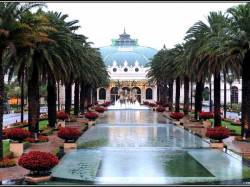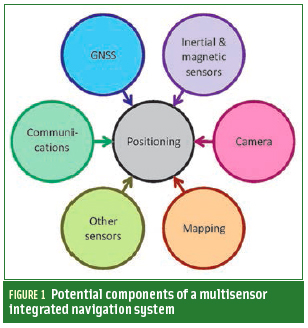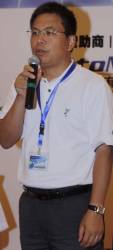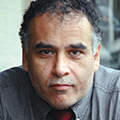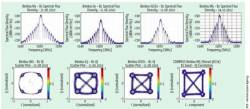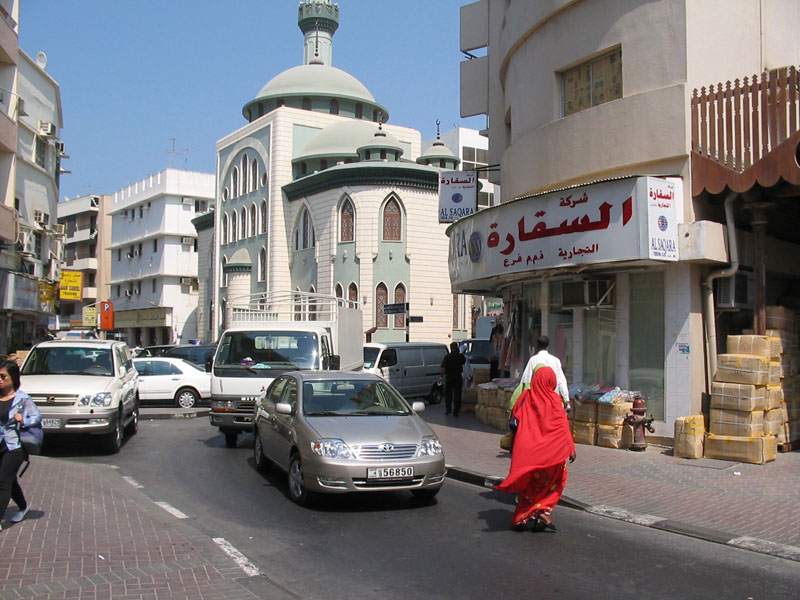Letters: Get a Start on GNSS Interoperability Now
“The GNSS Quartet” (January-February 2013, Inside GNSS, aptly named and coauthored by Glen Gibbons, Dee Ann Divis, and Peter Gutierrez) is reminiscent of Dr. Brad Parkinson’s observation about “interchangeability” at his ION GNSS 2011 plenary session. With interoperability taken to its logical level of completion, a position solution should be readily obtainable from four satellites, each belonging to a different constellation.
By Inside GNSS















